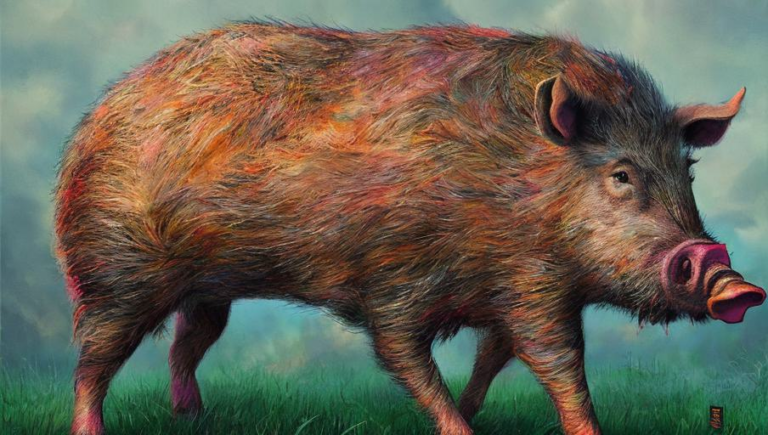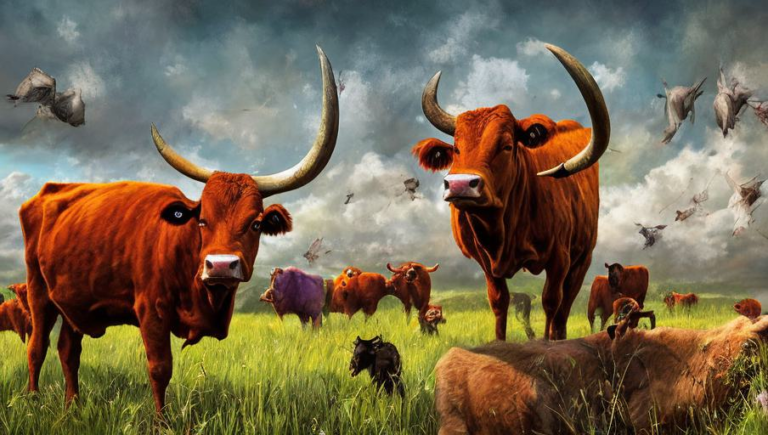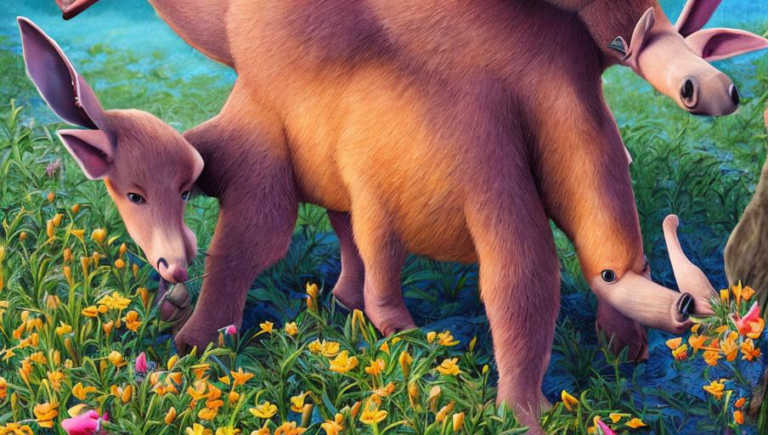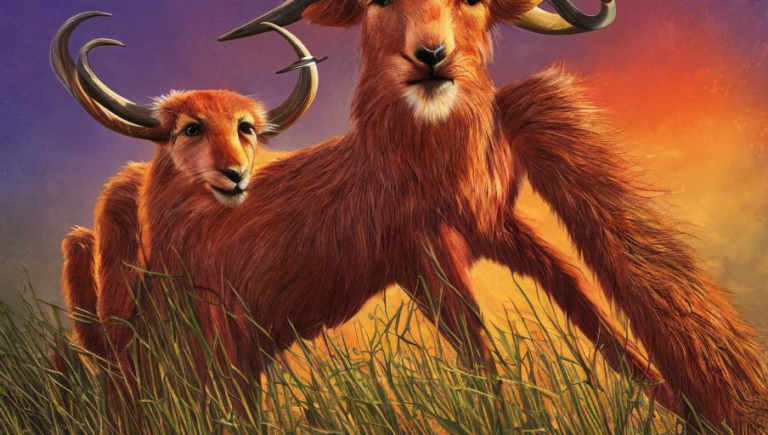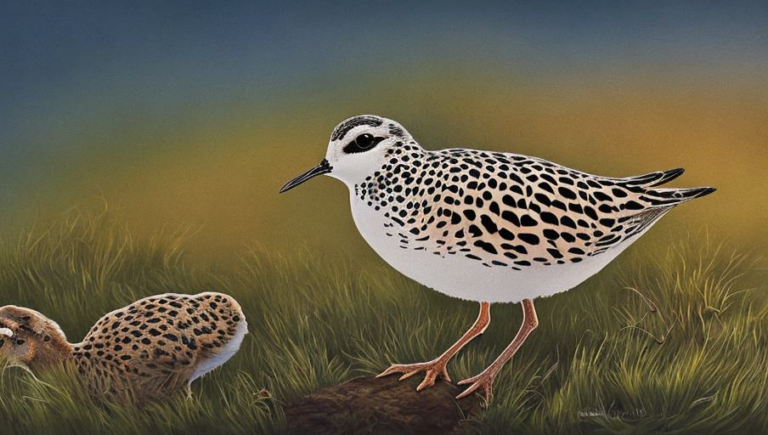Exploring the Badger: A Closer Look at the Iconic Animal
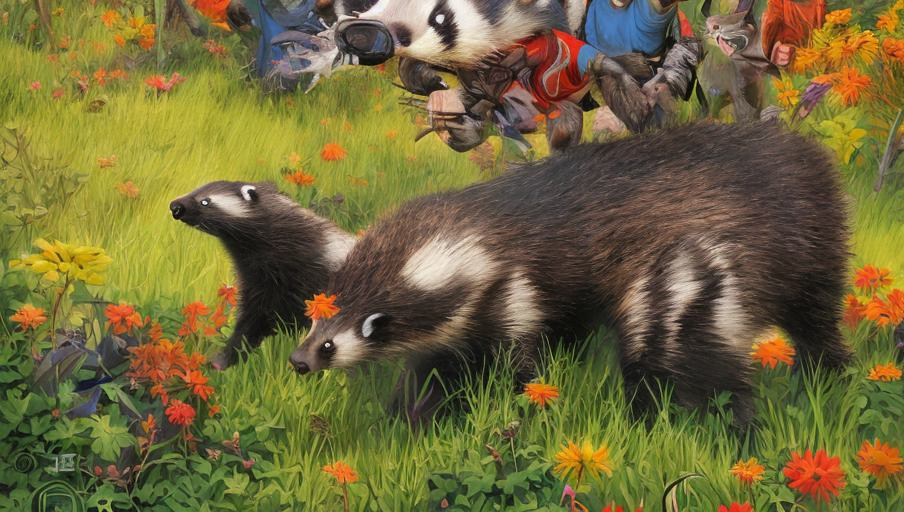
The Badger: A Closer Look
The badger is an iconic animal that has long been associated with European folklore. Native to Europe, Asia, and North America, badgers are members of the Mustelidae family, which includes weasels, otters, and ferrets. They are small mammals, usually ranging from 25 to 35 inches in length, and are usually gray, black, and white in color. Badgers typically live in large burrows and feed on small mammals, insects, and fruits.
Social Structure and Behavior
Badgers are social animals that live in burrows with several other badgers. They are also very territorial and will fiercely defend their burrows from intruders. Badgers are active during the day and night and will spend most of their time foraging for food. They are omnivorous, but prefer to feed on small mammals such as mice and voles. They are also known to eat insects, fruits, and roots. They have a good sense of smell and will use it to locate food. Badgers are also quite vocal and will make a variety of sounds to communicate with each other.
Adaptations and Survival
The badger has several adaptations that allow it to survive in its environment. Its fur is thick and dense, which helps to protect it from cold temperatures and predators. The badger also has sharp claws that it uses to dig and defend itself. Badgers have a short, powerful jaw that allows them to crush hard-shelled nuts and other food items. Additionally, badgers have a good sense of smell that helps them to locate food.
Threats and Conservation
Badgers are threatened by habitat destruction, hunting, and other human activities. Due to these threats, many badger populations have declined over the years, and some subspecies are now endangered. To protect badgers, many countries have taken steps to conserve their habitats and protect them from hunting. Additionally, many organizations are working to educate people about the importance of badgers and their role in the environment.
Badger Encounters and Appreciation
Badgers are fascinating creatures that can be found in many parts of the world. If you are lucky enough to encounter one, be sure to observe it from a distance and never attempt to touch or handle it. Appreciating badgers from a distance is a great way to learn more about them and their behavior. With a little luck, you can have your own badger encounter and appreciate these incredible animals in the wild.
Conclusion
Badgers are iconic animals that have a long history of being part of European folklore. They are social animals that live in large burrows and feed on small mammals, insects, and fruits. Badgers have several adaptations that help them to survive in their environment, but they are threatened by human activities such as habitat destruction and hunting. By appreciating badgers from a distance and learning more about them, we can help to protect them and ensure their survival for generations to come.

